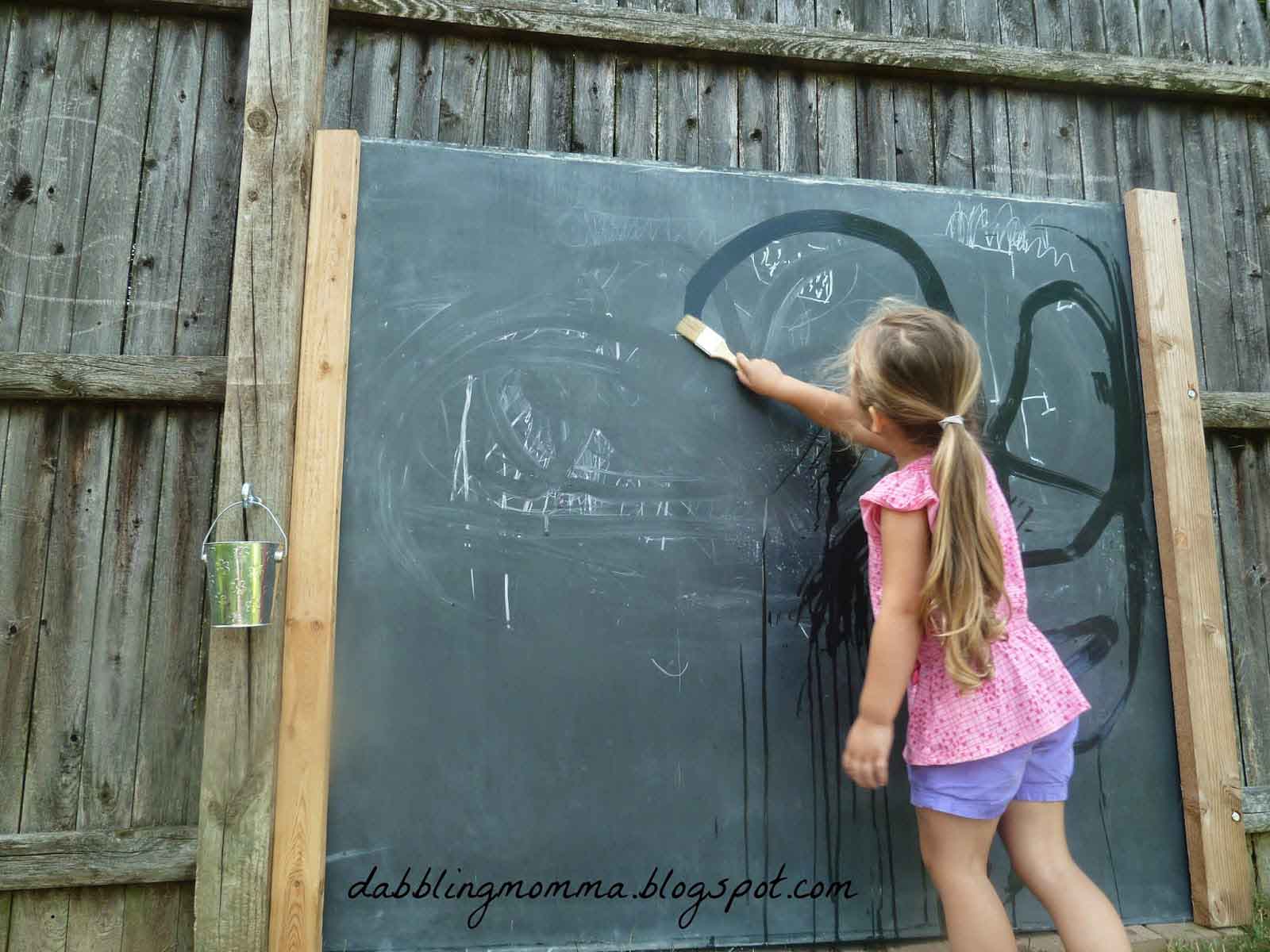Developing Fine Motor Skills
February 26, 2020
Playing with Play Dough
Play Dough is a classic toy which allows the child to use his or her hands to make shapes and is just what they need to work their hands. Play Dough requires strength in the hands and fingers in order to be shaped; this is why it is such a good game for developing those fine muscles in the hand and fingers.
Art with Syringes
Manipulating syringes will also build good hand control and dexterity, so you can use these simple items to make fun activities that will develop great motor skills. Just give your child liquid colours, generous sheets of paper and a syringe. The idea is to use the syringe to draw up the liquid colours that will be then squirted onto the paper.
Water Tracing
This is another great activity to enjoy with your child if you have a small blackboard and some chalk. You will have to write some letters onto the blackboard with the chalk and ask the child to trace them by using a small brush dipped in water. The idea is to make the child follow the lines of each letter with water.
Using a Special Mobile App
As mentioned earlier, technology doesn’t have to be the bad guy when it comes to developing fine motor skills. Among the activities unrolled in this direction, you can also include Scriba Snap, a special app developed for the Android operating system that is designed to help children improve their motor skills. The app works by the child adjusting the pressure in their hand when squeezing different items displayed on the device’s screen. The idea is to apply the right amount of pressure so that the displayed items end up having the same size.
Beading, Sewing, and other similar activities
Any creative activity that involves the use of the hands, like beading, sewing, lacing, painting, drawing, sticking stickers, and so on, should be encouraged. It is easy and affordable to come up with new and exciting activities of this kind by using simple everyday items, which will contribute to your child developing their fine motor skills.

Articles

In the period since COVID forced many of us back home and out of the office, remote work has become the new norm for many. The flexibility of working from home, especially for those with small children, is very compelling, but making a productive workspace is more than setting up a desk in the spare room. More people are seeking to create functional and comfortable workspaces in their homes, however, it can be difficult to strike the right balance between a professional office space and a cosy home environment. Here are some tips for designing a home workspace that meets both of these needs: Dedicate a specific area for work Designating a specific area for work is essential for separating work from leisure time. This could be a separate room or just a corner of a room. It is important to make sure that the workspace is free from distractions and clutter, as this will help you stay focused and productive. Choose the right furniture Ergonomic furniture is key to a comfortable and productive workspace. Invest in a comfortable chair, a desk that is the right height, and a good-quality mouse and keyboard. If you are prone to back pain, consider a standing desk. Add personal touches Just because your workspace should be functional, doesn’t mean it can’t be personal. Add photos, plants, and other personal items to make the space feel like your own. This will help create a sense of comfort and make you feel at home in your workspace. Good lighting Good lighting is essential for a comfortable workspace. If possible, place your desk near a window for natural light. If not, invest in a high-quality desk lamp to provide bright, even light. Keep it organised An organised workspace will help you stay productive and focused. Use desk organisers, filing cabinets, and other tools to keep your work area free from clutter. A clean and organised workspace will also help you start each day with a clear mind. Consider your work style Think about the type of work you do and how you like to work. If you prefer a minimalist workspace, opt for a simple desk and a few basic supplies. If you need space for multiple screens and other technology, make sure you have enough room to work comfortably. Take breaks It’s important to take breaks throughout the day to avoid burnout. Step away from your desk, go for a walk, or do some stretching exercises to clear your mind and recharge.











